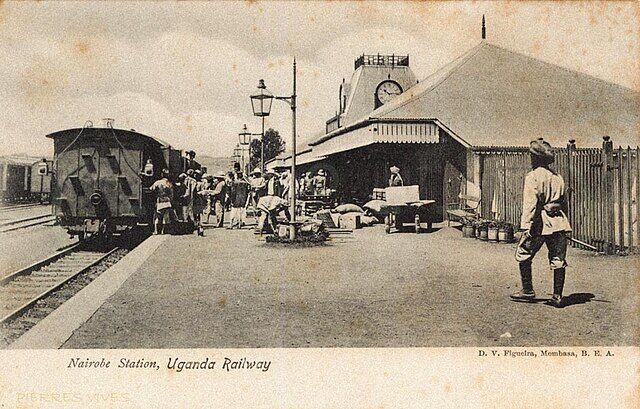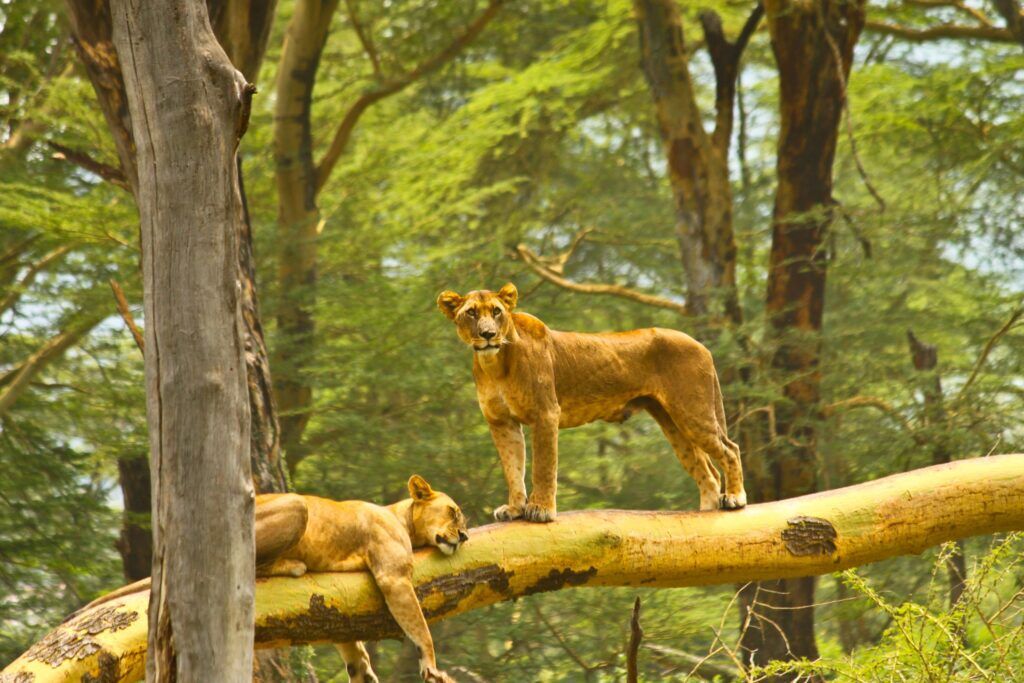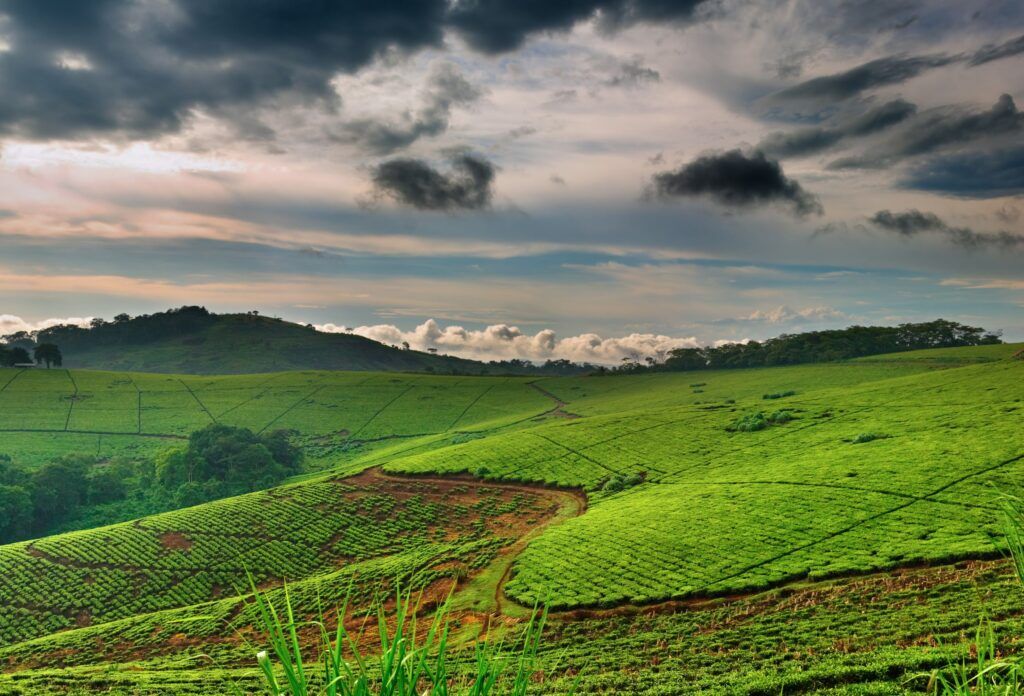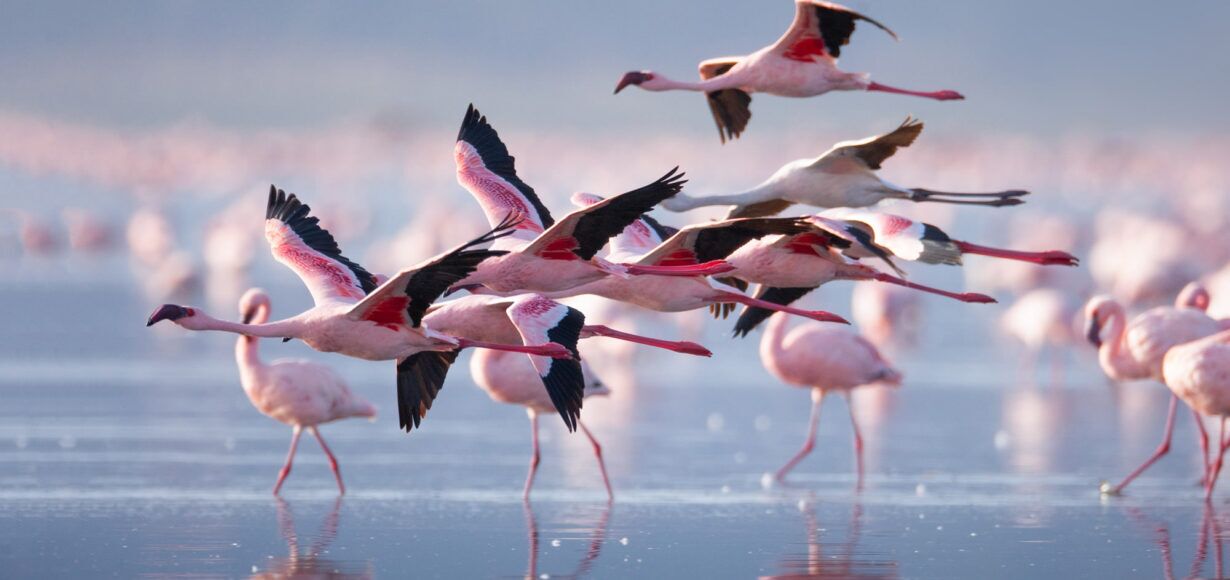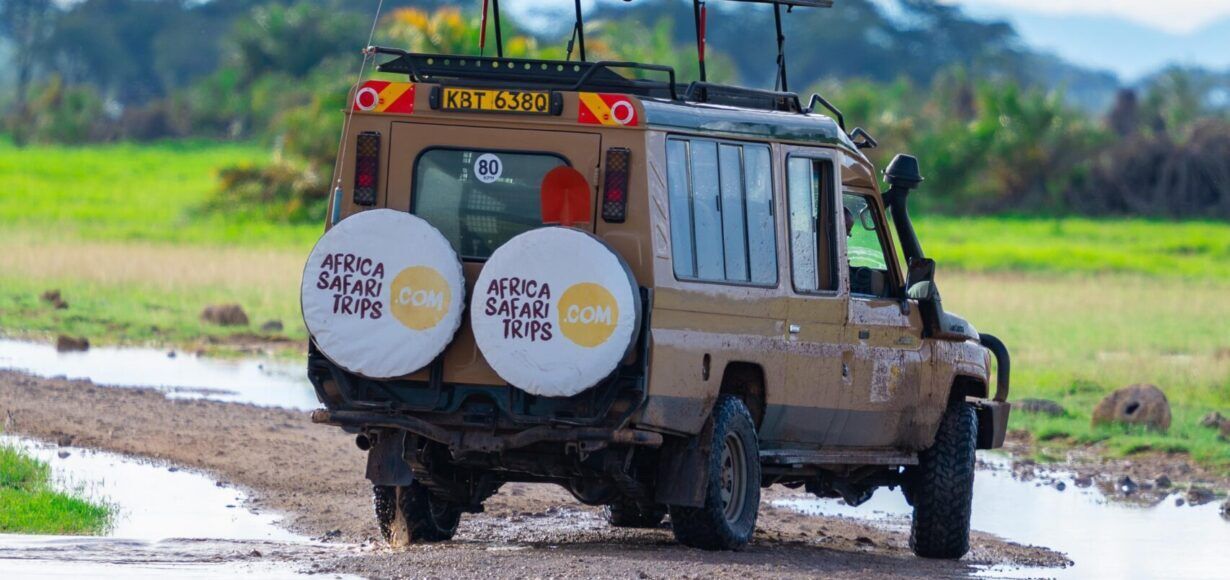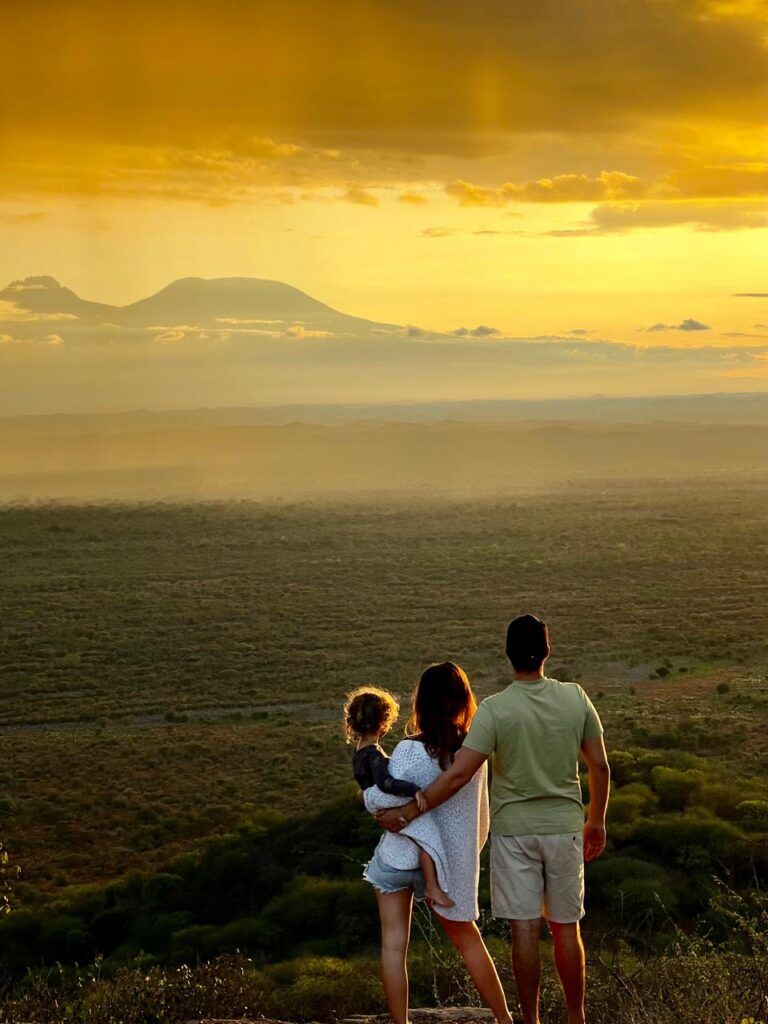
28 March 2025
Kenya is one of the most famous countries for safari game drives, with a long-standing history in this field. This rich legacy has led to well-developed infrastructure, offering excellent roads, stunning lodges, and a wide range of breathtaking parks and conservancies. But hidden behind the perfectly mixed sundowners lies a less pretty story, as the existence of the safari industry is deeply intertwined with Kenya’s uneasy colonial history.
The first foreigners who aimed to make use of the land were people from Arab countries. They set up trading posts along the coast as early as the 7th century and maintained those until the Portuguese came in and took over in the 16th century. This lasted two centuries, after which the Arabs, specifically Yemeni Arabs, took back control again. Up to this day, Arab and Portuguese influences are visible along Kenya’s coastline, with ruins and historical buildings in places like Malindi and Mombasa. Between the 17th and 18th centuries, the Maasai community expanded their territory across the Great Rift Valley and most of the adjacent land (what we call Kenya and Tanzania) but they never really managed to control the entire region as their expansion faced resistance from other groups. Colonial interventions and treaties also reduced their landholdings.
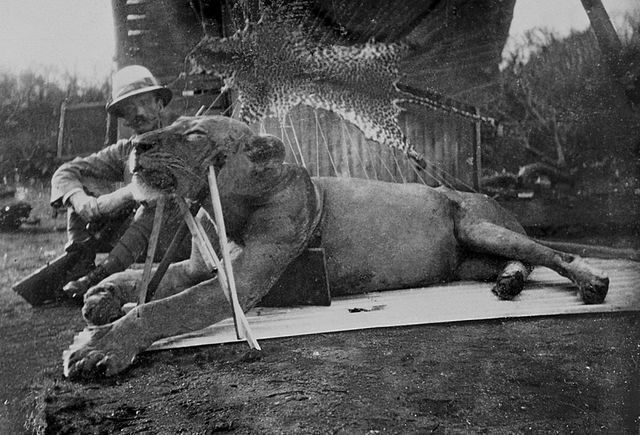
British control
Then, in 1888, the Imperial British East Africa Company established claims on the territory, and from 1920 Kenya came under British colonial rule, which lasted for 43 years. In 1896, the British started building the Kenya-Uganda Railway, which involved connecting Mombasa to Kisumu (then Port Florence), to access resources and secure control over the region. It passed through the area that now is Tsavo National Park and was built using forced labourers. Many of them did not survive because of exhaustion, or, for some – because of the man-eating lions that then roamed the vast plains of Tsavo.
The almost non-existent Nairobi became a depot for goods moving from Mombasa to Kisumu and Uganda and back. As a result, Nairobi grew quickly, attracting well-off British and other European adventurers and investors alike, and big game hunting became one of the main reasons for white settlers and tourists to come to the city.
But an excessive colonial lifestyle costs money, and also these white settlers started to need cheap labourers. Their solution? They just changed the rules! New laws stripped Kenyans of their rights and forced them to work on settlers farms and road development.
As a reward for the askaris (African soldiers) who aided British rule in Kenya, the colonial government established an informal settlement on Nairobi’s outskirts, which later became Kibera slums. Eventually, the proud Kenyan people were fed up and it led to the Mau Mau Uprising (1952 – 1960), a few years before Kenya finally gained independence in 1963.
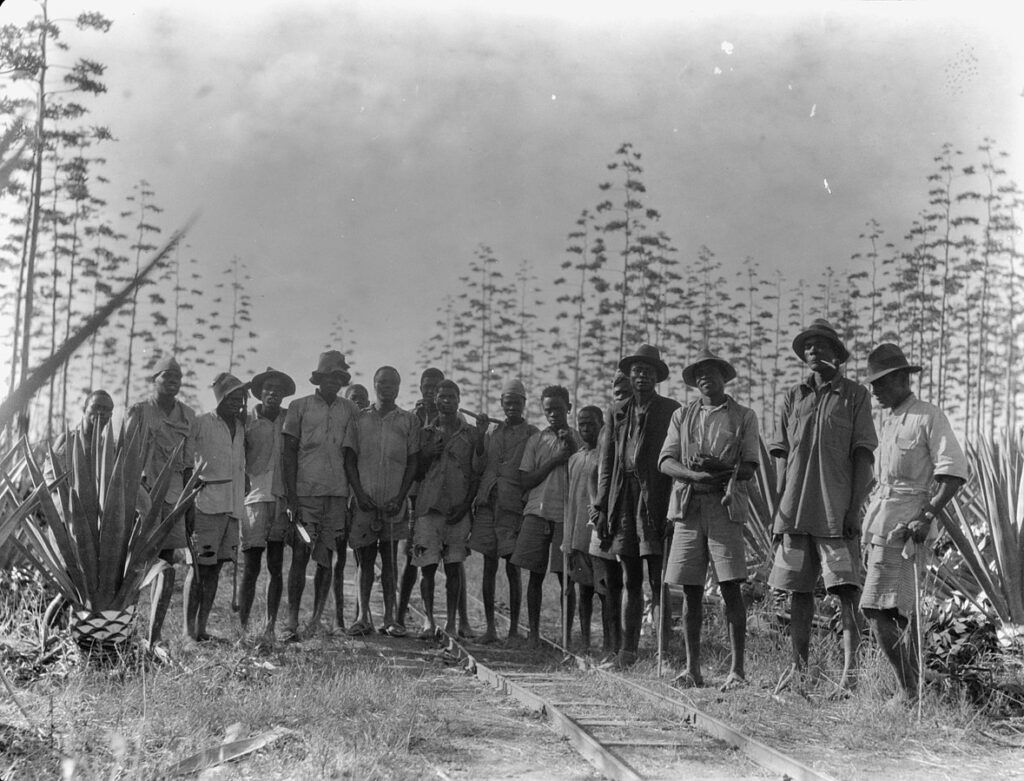
Out of Africa and into safari
Meanwhile, the book Out of Africa by the Danish author Karen Blixen inspired many Europeans to explore Kenya’s wild nature. The concept of going on a safari to just look and experience the wild (without shooting game) was born. The book was published in 1937, at a time when the European elite had already discovered Kenya as a tropical paradise, and it tempted many more to make the journey. Kenya’s colonial history and the consequent treatment of native Kenyans was not an issue that upset many.
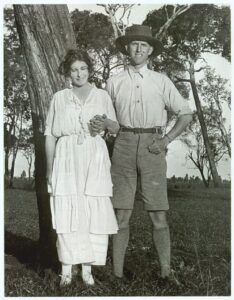
When the movie adaptation of the book was filmed in the mid-1980s, it showcased Kenya’s stunning landscapes, including Nairobi’s Karen Blixen Museum (her former home and coffee plantation), Maasai Mara National Reserve and Lake Nakuru National Park. This, combined with the lavish colonial lifestyle shown in the movie, again gave the concept of safari a boost and made it popular up to today.
Places like the Karen Blixen Camp in the Masai Mara, the Finch Hattons Luxury Tented Camp (Finch Hatton was Karen’s lover) in Tsavo West, the Karen Gables and the Giraffe Manor in Nairobi still appeal to the old colonial lifestyle, attracting many tourists year after year. Many conservancies in the country also have their origins in this history (the Ol’ Pejeta Conservancy, Sheldrick Wildlife Trust, and the Solio Game Reserve to name a few), as white settlers became passionate about conserving Kenya’s stunning natural resources.
The most fancy hotels are even located in the Karen suburb, one of Nairobi’s most wealthy neighbourhoods with many expats and old colonial families, which is said to be named after Karen Blixen and definitely has a colonial feel to it (some even say Karen Blixen was the original Karen – a name used these days for women abusing their white privilege).
Changing times
Times are changing, though and nowadays, slowly, Kenya’s colonial history is starting to give some people an uncomfortable feeling. It has led to lands being returned to Kenyans and a safari industry that is slowly changing into something more authentic and local. An increasing number of travellers no longer want to identify with the white colonialist lifestyle – sipping gin-tonic on a private terrace while someone else polishes their shoes – and prefer to explore the original Kenyan culture and connect with Kenyans themselves. Luckily, many lodges and excursions these days highlight exactly this – they boast Kenyan cultural elements in decor, design and activities and are sometimes owned or run by tribal communities.
Interested in adding some of these to your itinerary? Please check:
- Loita Hills Basecamp (in between Nairobi and the Masai Mara, run by Maasai in a simple style with wonderful activities)
- The Nai Nami City Tour (done by former street kids from the Kibera slums) in Nairobi
- II Ngwesi Eco Lodge in Laikipia (highlights Maasai culture and supports local conservation efforts)
- Bomas of Kenya in Nairobi (with over 20 traditional homesteads that portray Kenya’s diverse ethical groups)
- Visit to the Digo tribe
- Visit a Maasai village
- Meet the Samburu tribe
